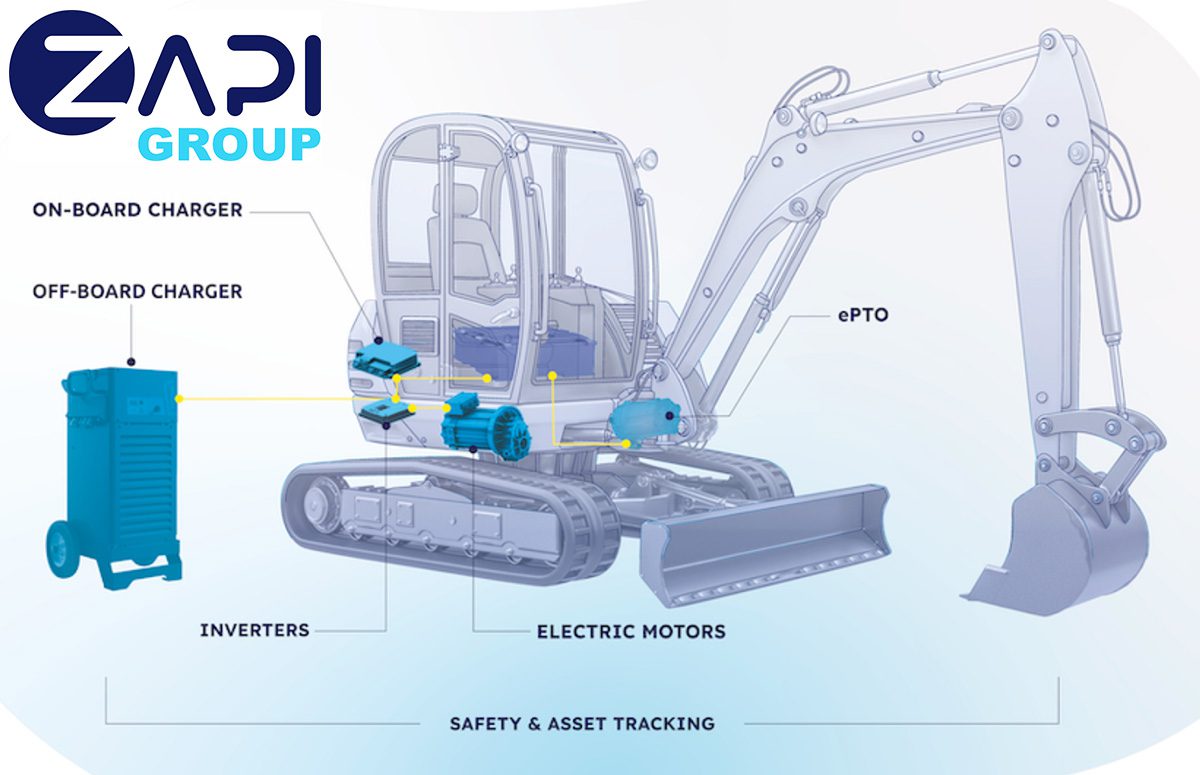
Augmented reality marketing . Hand holding smart phone use AR application to check information
Over my years of experience mentoring entrepreneurs and small business owners, I have noticed that customers are paying less and less attention to traditional outbound marketing channels, in favor of more participative initiatives, including interactive social media events and sharing feedback with friends and peers. You need to capitalize on this trend to get advocates today.
I believe this is being driven by instant worldwide communication via the Internet, and a growing sense of longing to be part of a special community, or even an influencer to enhance your value to others. Examples of this new type of marketing include Nike’s “Just Do It” campaign to share personal fitness journeys, and Lego Ideas, allowing fans to submit their own Lego set designs.
Some marketing experts see this trend as an evolution from changing your marketing role from searching or hunting for new customers, to farming the ones who already see and like what you have to offer. In any case, here are my recommendations for practical ways to get you started in this new direction:
1. Create a business purpose storyline and showcase it. Highlight your product or service with a customer-relatable story, preferably around a higher cause, such as saving the environment or helping the disadvantaged. This allows customers to remember your brand and encourage advocacy to their community of followers and friends.
2. Launch multiple experiments to learn what works. Take advantage of the wide range of marketing alternatives, including social media, direct contact, and traditional channels, to see quickly what gets traction, and follow up to learn from failures. Potential customer advocates are quick to provide feedback via smartphone and new technologies today.
3. Establish goals that you are willing to share with all. You need to break the old-fashioned customer assumption that all your focus is on financial results and killing competitors. These goals will help create a sense of trust and collaboration in your initiatives, as well as provide feedback on your progress or need for pivots along the way.
4. Lead with a minimum viable product (MVP) and iterate. Long development cycles for marketing initiatives seeking perfection only risk being overrun by competitors, and don’t keep up with current customer demand for innovative change. Reserve a portion of your marketing budget for incremental updates as you learn from early customer feedback.
5. Nurture partnerships with complementary providers. With today’s culture, marketing blends of products that benefit your brand is well worth the investment and encourages advocacy for the combined solution. Seek marketing agencies that can get you access to the right partners and can help you put together innovative multi-vendor solutions.
6. Engage innovative agencies willing to share risks. Traditional marketing agencies typically recommend low-risk marketing programs and tend to charge extra for any pivots and failures. In this new customer environment, you need to try more innovative programs, so embrace more risk and anticipate some failure to complete your learning.
7. Incent customers to provide feedback quickly and often. Use smartphone technology and terminals at checkout to become advocates as part of every transaction. Use discounts and rewards to get their attention while they are in the mood. Follow up as required to keep their attention and facilitate messages to friends and family.
Without these initiatives, I often see great products get little or no traction with expensive traditional marketing. These days, big marketing budgets without the right focus don’t guarantee the results you need. It is time to ask your customers to participate, try some experiments, and measure the results. Make your investment in customer relationships, and reap the rewards.
link






